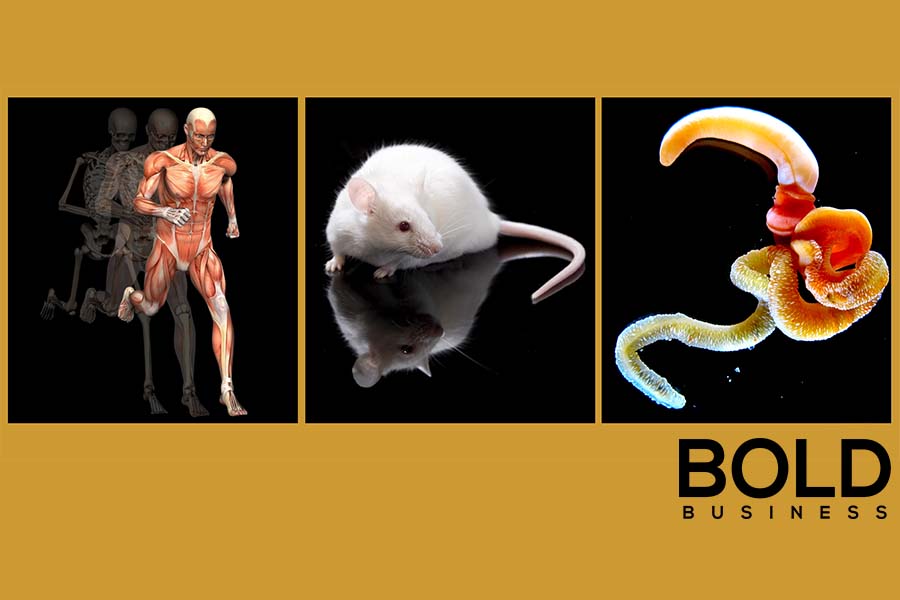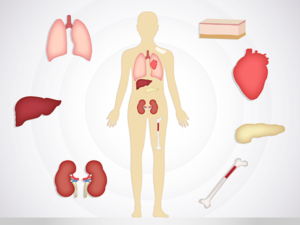Nearly 40 million people suffer from blindness around the world with another 124 million people hampered by poor vision. It’s no wonder that researchers from Second Sight focused on creating novel ways in order to restore sight.
Scientists have developed the bionic eye, a small digital camera that became a medical breakthrough. Second Sight, a California-based company, calls this the Argus II Retinal Prosthesis System.
 Bionic Eye Is FDA Approved
Bionic Eye Is FDA Approved
The U.S. Food and Drug Administration Ophthalmic Devices Advisory Panel recently approved the Second Sight’s Argus II Retinal Prosthesis System. According to Second Sight, the panel carefully deliberated for ten hours discussing and reviewing the data presented from the international clinical trial.
Robert Greenberg, Second Sight’s Chairman said “I am very pleased with the panel recommendation. The panel deliberations were well informed and thorough and their decision validated over two decades of work by Second Sight and our collaborators.”
After three clinical trials, 20 years of work in the field, over $100m in public investment by the National Science Foundation, the Department of Energy, and the National Eye Institute, and an additional $100m in private investment, the device Argus II Retinal Prosthesis System has arrived.
People Behind Second Sight’s Success
Second Sight is doing a remarkable job. Following are some of the team that made the Argus II Retinal Prosthesis System happen:
- Will McGuire – The President and CEO of Second Sight, became a Board member in August 2015.
- William J. Link – A Director of Second Sight, became a member of the Board of Directors in the year 2013. Because of Link’s history as a Senior Executive, he is qualified and valued as a member of the company.
- Matthew Pfeffer – A Director of Second Sight. He joined the Board of Directors in May 2015 and serves as the company’s Chair of the Audit Committee.
- Gregg Williams – A Director of Second Sight. He has been a member of the Board of Directors since June 2009. Williams’ is known for executive and managerial experience together with his leadership skills.
- Steve Okland – The Commercial Vice President for the U.S. and Canada. He joined Second Sight in March 2016
- Gregoire Cosendai – The Vice President of European Operations. He was the Director from 2008 to 2010.
- David Jacques – The Vice President of Research & Development. Jacques joined Second Sight in February 2017. From the year 2012 through 2016, he founded a management consulting firm where his clients included Second Sight.
- Edward Randolph – The Vice President of Manufacturing for Second Sight.
Curing Optical Diseases
The California-based company develops retinal prosthetics for people who have lost their vision due to outer retinal degenerations, such as Retinitis Pigmentosa, a disease that deteriorates a part of the retina that turns light into vision, leading to blindness. It affects 1 in 5,000 people.
Users of Argus II regain enough of their sight that they can read large-print books and cross the street safely on their own.
All About Vision stated that the Argus II brings back some level of visual perception to many people with critical retinitis pigmentosa. The device is also being tested for people who are suffering from age-related macular degeneration.
The device allows almost all visually impaired people to discern shapes, movement, and light. Some users of Argus II regain enough of their sight that they can read large-print books and cross the street safely on their own.
Reports filed by CBS News mentioned that a man from Minnesota named Allen Zderad was recently able to see his wife for the first time in over a decade thanks to the Argus II.
Patrick Finnerty, Second Sight Medical Products, said “the patient essentially has to try to determine what those flashes of light mean, and in many cases, this can help them determine the location of a window, doorway, street or furniture. It essentially helps them navigate the world around them”.
The innovative approach of Argus II is still a work in progress. Researchers are installing more electrodes in the device. Higher numbers of electrodes mean sharper visuals the users. Future implants will also produce color vision.
The emergence of the bionic eye is a step forward for the blind and for the company Second Sight.








